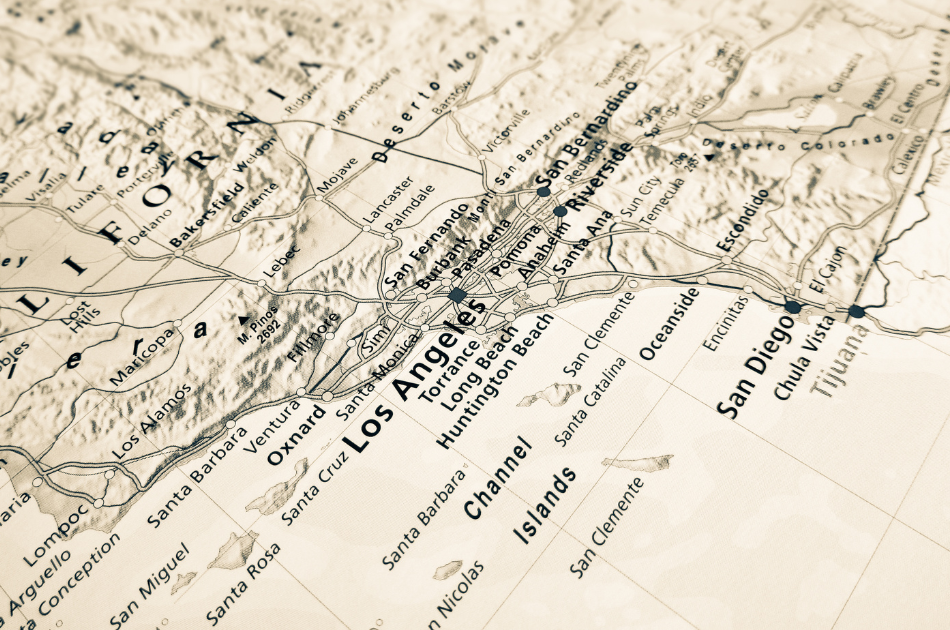Being one of the largest food and beverage companies in the world, it comes as no surprise that PepsiCo also has a ginormous carbon footprint. In 2019 alone, the company was responsible for putting 57 million metric tons into the atmosphere.
Aware of the key role it plays as an industry leader to move sustainability forward, the corporation has recently pledged to achieve net-zero emissions by 2040 — that’s 10 years ahead of what’s necessary to meet the goals of the Paris agreement.
“As a company, as an industry, the need for urgent, transparent action is so, so critical for us,” says Jim Andrew, chief sustainability officer at PepsiCo.
To set its goal that’s in line with the ambitious global target of limiting global warming to 1.5 degrees Celsius, the company partnered with the Science Based Targets Initiative. By 2030, PepsiCo aims to cut emissions from its offices, factories, and deliveries by 75 percent, and by 40 percent in its supply chain.
One of the key strategies to reach those targets will involve its operations to renewable energy. It has already achieved this in the US and, by 2021, it also plans to do so in a total of 15 of the 200 countries where it works.
That being said, around 90 percent of the company’s footprint is still outside of its control. “We’ve got to take aggressive steps across the whole value chain,” Andrew says. This includes the emissions associated with its packaging production and third-party transportation emissions. Around a third comes from the farms growing its ingredients.
To help diminish those emissions, PepsiCo is expanding a network of demonstration farms around the world that help train farmers on how to adopt more sustainable agriculture techniques. These include reducing fertilizer use and adopting new “regenerative practices” that can ultimately help sequester more carbon in the soil.
The company hopes that by 2040 it will be able to reduce emissions so much that any remaining emissions can be offset through regenerative agriculture in its supply chain. To do so, however, the company and its partners will have to move as urgently as possible, says Andrew.












